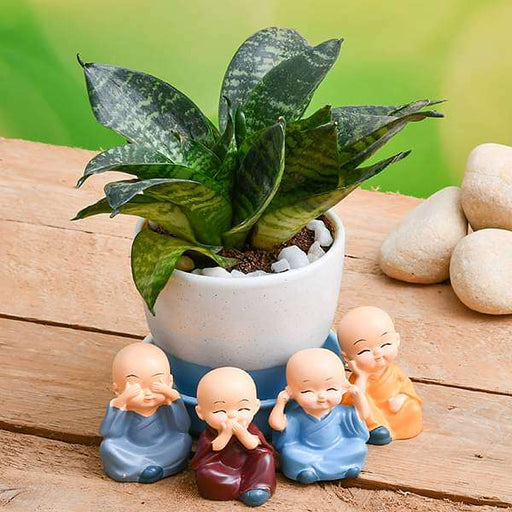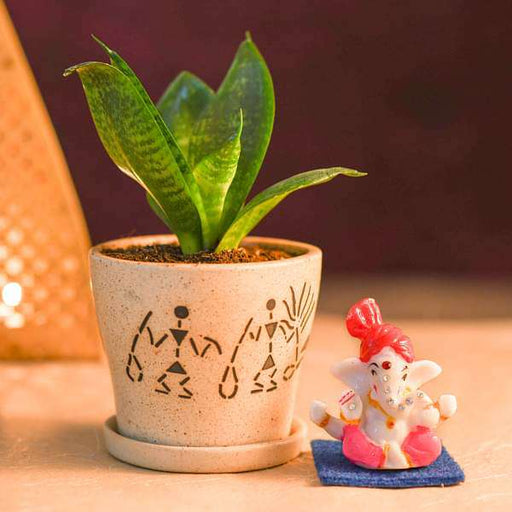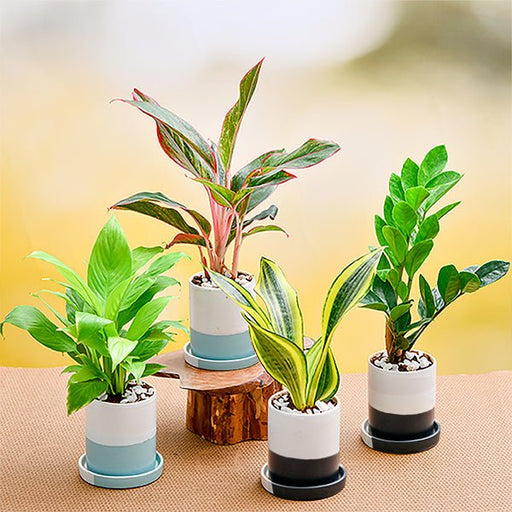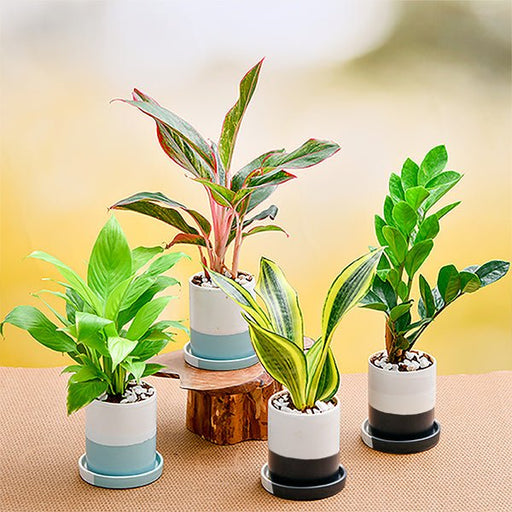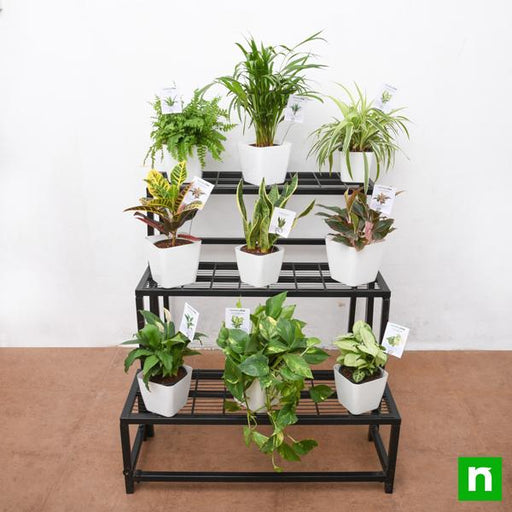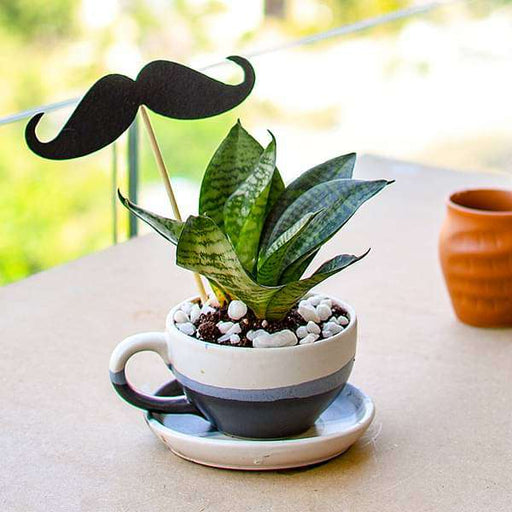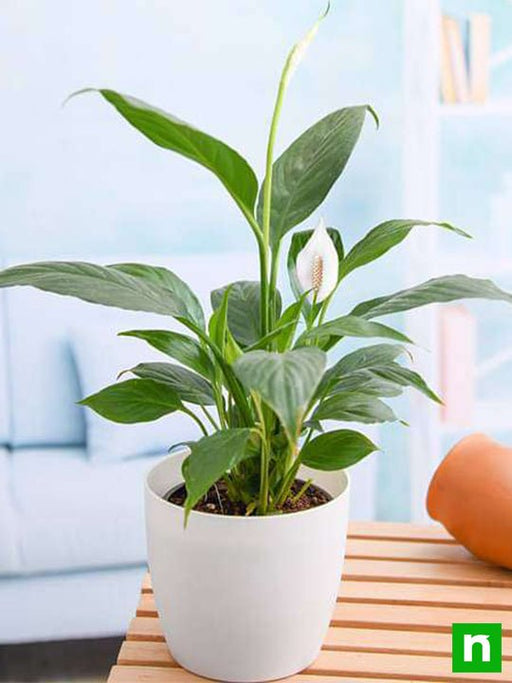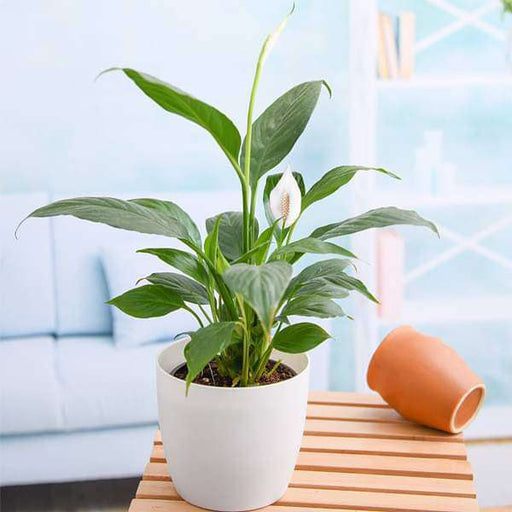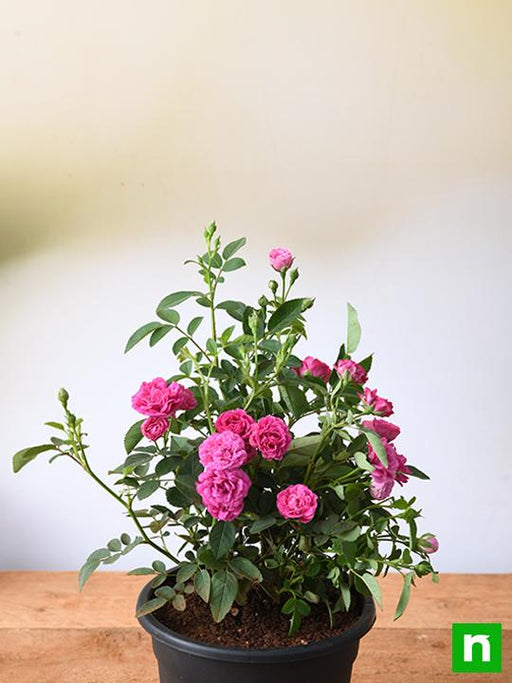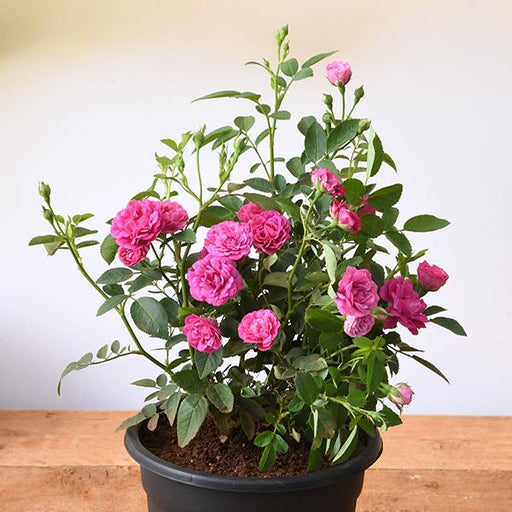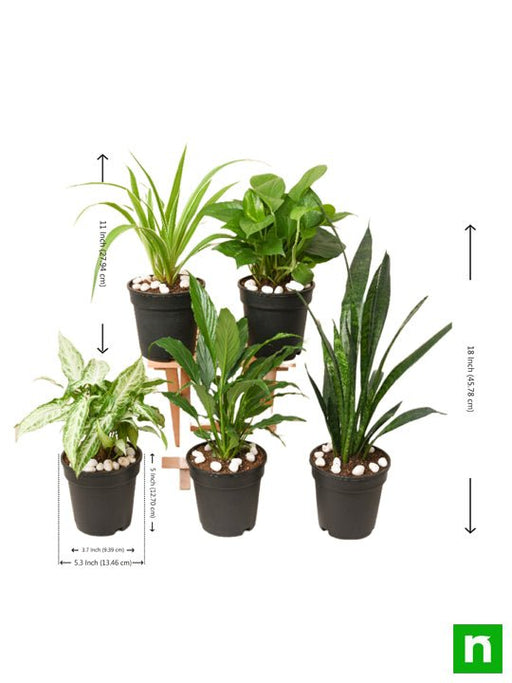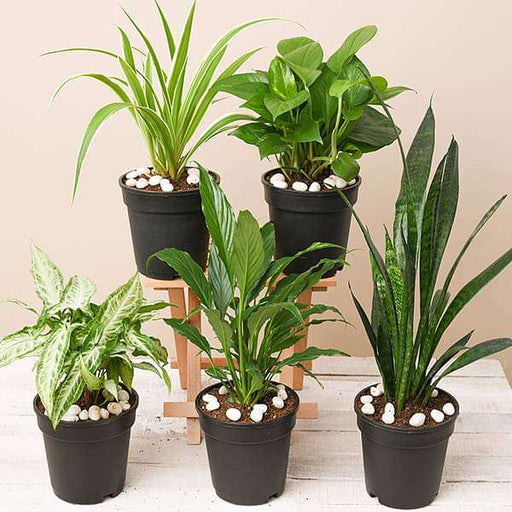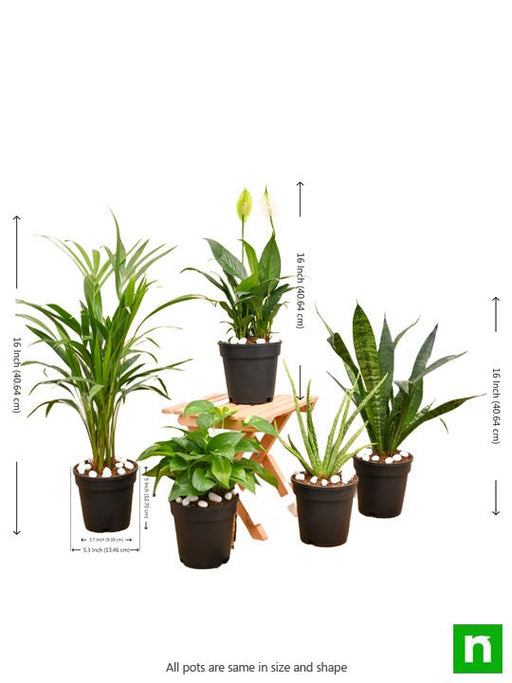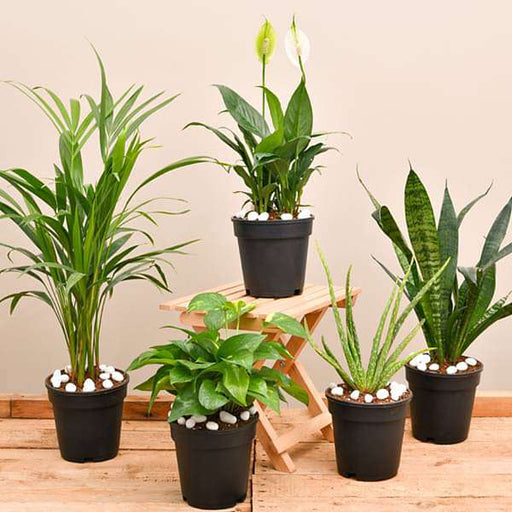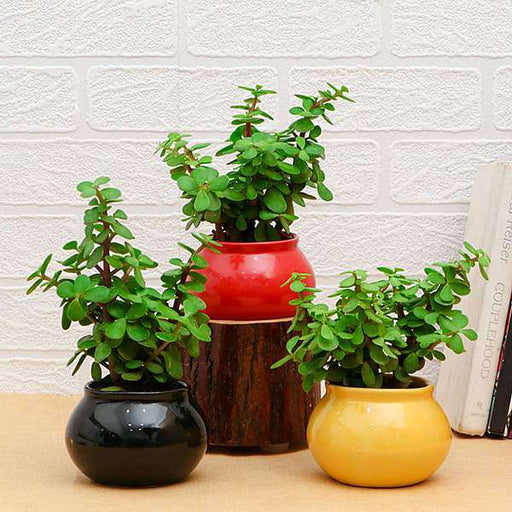Snake plant care
Snake plants are known for their low maintenance requirements, making them a popular choice for indoor gardening enthusiasts. To care for your snake plant, make sure it receives bright, indirect sunlight and water it when the soil feels dry.
Snake plant varieties
Snake plants are a genus of plants that includes several different species, such as Sansevieria trifasciata and Sansevieria cylindrica. Each plant has its own unique characteristics and care requirements.
Snake plant soil
Snake plants prefer well-draining soil that is rich in organic matter. A mixture of potting soil, sand, and perlite is ideal for these plants.
Snake plant pruning
Pruning snake plants can help maintain their shape and promote healthy growth. Use sharp, clean pruning shears to remove any dead or damaged leaves and stems.
Snake plant pests
While snake plants are generally easy to care for, they can be susceptible to pests such as spider mites and mealybugs. Regularly inspect your plant for signs of infestation and treat promptly if necessary.
Snake plant fertilizer
Snake plants do not require much fertilizer, but can benefit from occasional feeding during the growing season. Use a balanced fertilizer every 2-3 months to promote healthy growth.
Snake plant propagation
Propagating snake plants can be done through division or leaf cuttings. Division involves separating the plant into smaller sections and replanting them in fresh soil. Leaf cuttings should be taken from a healthy plant and rooted in soil or water.
Snake plant lighting
Snake plants prefer bright, indirect light. They can also tolerate low light conditions, making them a great choice for indoor spaces with minimal natural light.
Snake plant humidity
Snake plants are tolerant of a wide range of humidity levels and do not require any special attention in this regard.
Snake plant temperature
Snake plants prefer temperatures between 60-80°F (15-27°C). Avoid placing them near cold drafts or hot air vents.
Snake plant toxic
Snake plants are toxic to pets and humans if ingested. Keep them out of reach of pets and children.
Snake plant color
Snake plants have long, upright leaves that are typically green with yellow or white stripes.
Snake plant origin
Snake plants are native to tropical regions of West Africa.
Snake plant size
Snake plants can range in size from small tabletop plants to large floor plants. Choose a size that fits your space and needs.
Snake plant water
Snake plants prefer to be on the dry side and can rot if overwatered. Water when the soil feels dry and avoid letting the plant sit in standing water.
Snake plant flowering
Snake plants can produce small, fragrant flowers in the right conditions. However, they are primarily grown for their attractive foliage.
Snake plant pattern
Snake plants have a distinctive leaf pattern, with long, upright leaves that are often striped or speckled.
Snake plant pruning for propagation
Pruning can also be used as a method of propagation for snake plants. By taking leaf cuttings and rooting them in soil or water, you can create new plants and expand your collection.
Snake plant repotting
Snake plants should be repotted every 1-2 years to provide fresh soil and room for growth. Choose a pot that is slightly larger than the current one and fill with fresh potting mix.
Snake plant symbolism
Snake plants are often associated with good luck and longevity. They are believed to bring positive energy.


